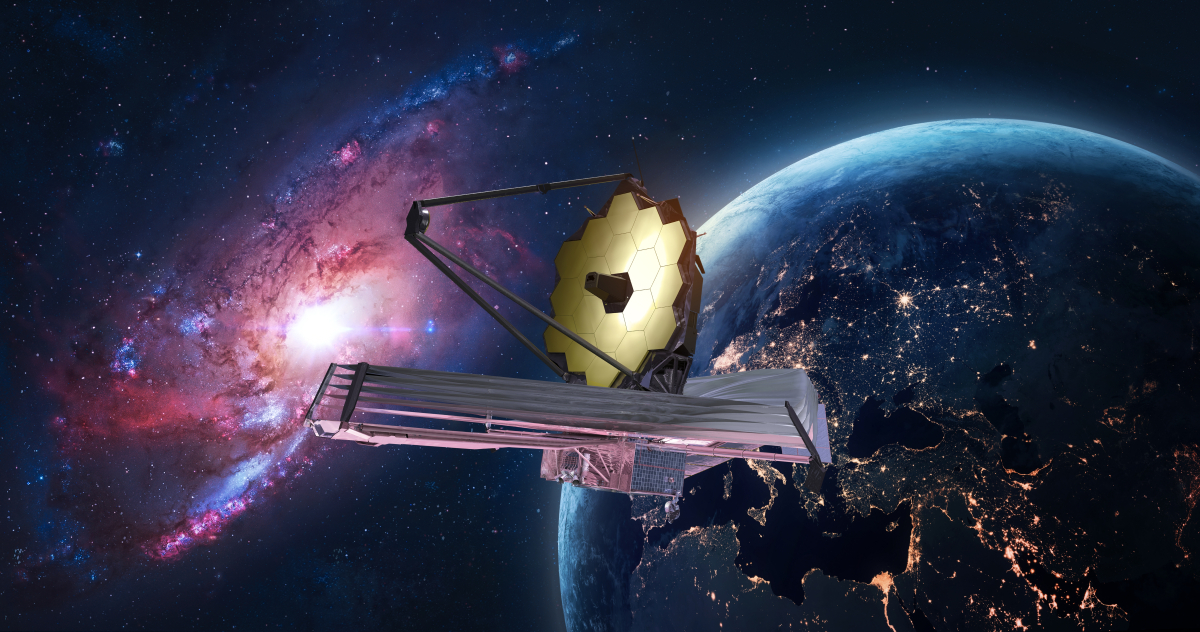Astronomers discover volcanic planet that may have water on its surface
The search for extraterrestrial life is one of the most intriguing that mankind has long attempted. Now there is new hope, because researchers have come across an exoplanet that may have water on its surface. And water is the source of all life.
Located 90 light-years from us, the exoplanet named LP 791-18 d is about the size of Earth and orbits a red dwarf. This is how the smallest stars, in the center of which hydrogen burning takes place, are called. They shine so faintly that not a single one can be seen from Earth with the naked eye.
Unlike our Earth, the exoplanet doesn’t have a day and night cycle: one part is constantly in the light while the other is just in the dark, the blog network reported Engadget.
“The dayside is probably too hot for liquid water to exist on the surface,” Björn Benneke, one of the astronomers studying the planet, told the Jet Propulsion Laboratory of NASA. “But the level of volcanic activity – which we suspect is occurring across the planet – could sustain an atmosphere that could allow water to condense on the nightside.”
Benneke is part of the multinational team of scientists now publishing their findings in the journal Nature published. This is where astrobiology comes into play. Under this domain are those sciences concerned with the study of the origin, evolution, distribution and future of life in the universe.
Editor’s Recommendations
“A big question in astrobiology is whether tectonic or volcanic activity is necessary for life,” said Jessie Christiansen, co-author of the study. “Not only could these processes create an atmosphere, but they could also stir up materials that would otherwise sink and become trapped in the crust, including those we think are essential to life, such as carbon.”
NASA, the European Space Agency ESA and the Canadian Space Agency CSA are already planning to deploy the James Webb Space Telescope (JWST) infrared imaging instruments on LP 791-18 c. The JWST recently detected water vapor from an exoplanet.
The team that discovered LP 791-18 d believe the exoplanet would be an “extraordinary candidate for atmospheric studies.”


&impolicy=perceptual&quality=medium&hash=0bb548cf0293e8fc3aa8cba670d615f7318b15e3d5c9808368b657c35431f780)
